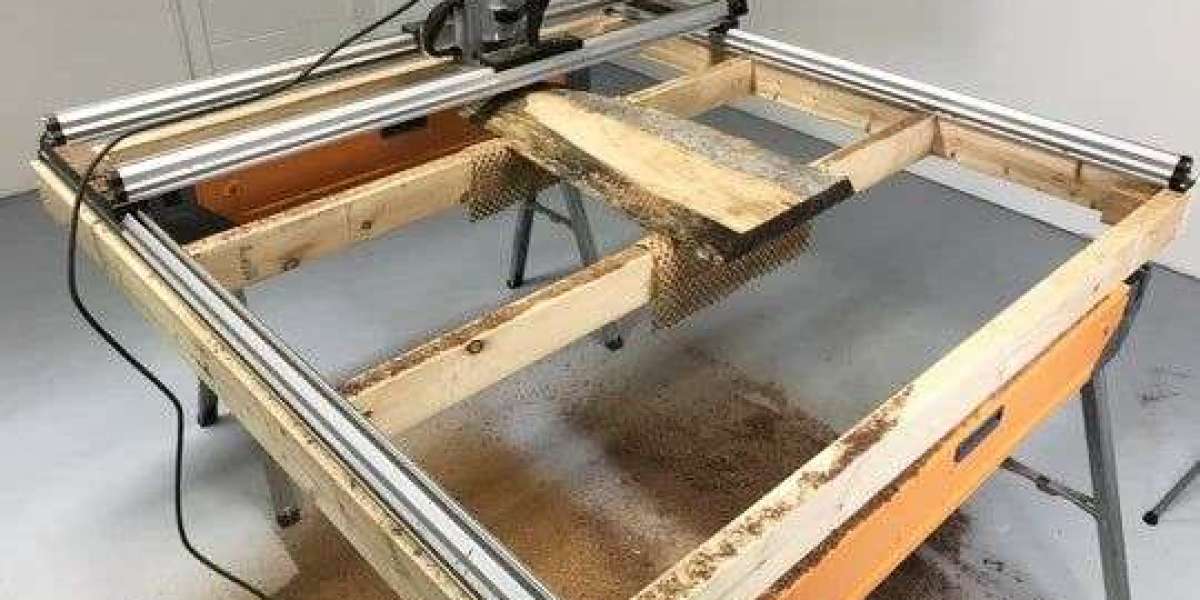When a linear guide rail is asked to survive one billion revolutions inside a 24/7 semiconductor wafer loader, the conversation quickly shifts from catalog load ratings to the microscopic behavior of retained austenite and carbide networks. Engineers often discover—too late—that the
The journey begins with steel cleanliness. Standard-grade bearing steels such as AISI 52100 contain up to 40 ppm of oxygen, which precipitates as brittle aluminum-oxide inclusions. Under rolling contact, these inclusions act as stress concentrators, initiating subsurface cracks that propagate to the surface and create the spalls responsible for the first “particle events” in a Class 0.1 clean-room. Vacuum-melted, electro-slag remelted (VAR-ESR) steel reduces oxygen to below 10 ppm and shrinks inclusion size to <8 µm, increasing L10 fatigue life by 230 % in controlled tests at 2.8 GPa contact stress. This is why UHC rails now carry a double-vacuum melt certification, even though the raw material cost rises by 18 %.
Next comes forging ratio. A 20 mm rail begins life as
a 250 mm diameter billet that is cross-forged at 1100 °C to a 70 % reduction ratio. Finite-element modeling shows that a forging ratio below 60 % leaves banded microstructures aligned with the rolling direction, causing anisotropic fatigue strength. Rails forged to 70 % exhibit uniform carbide dispersion and a 15 % higher bending fatigue limit. Post-forge, the blanks are austenitized at 840 °C for 30 minutes, quenched in 60 °C oil, then double-tempered at 180 °C and 160 °C. This secondary tempering step—often skipped in commodity production—reduces retained austenite from 12 % to 4 %, cutting dimensional growth during service
from 30 µm to 5 µm over a one-meter span.
Grinding the raceway is where precision meets physics. Each pass removes only 2 µm of material using cubic-boron-nitride wheels dressed every 40 parts to maintain sharpness. The resulting surface roughness of Ra 0.02 µm with Rmax <0.15 µm is essential for establishing an elastohydrodynamic oil film as thin as 0.12 µm. Any grinding burn—detected by Barkhausen noise inspection—creates a 200 µm deep martensitic white layer that shortens life catastrophically. Therefore, rail manufacturers now employ in-process cooling with liquid nitrogen mist to keep raceway temperature below 80 °C during grinding, eliminating thermal damage.
Surface engineering moves beyond hardness. A duplex coating sequence begins with plasma nitriding at 480 °C for 4 hours to create a 12 µm diffusion zone with 900 HV surface hardness. A subsequent 2 µm DLC (diamond-like carbon) layer is applied by PECVD, reducing coefficient of friction from 0.12 to 0.05. The DLC also acts as a diffusion barrier against moisture, preventing hydrogen embrittlement in high-humidity fabs. Taber abrasion tests show a 40× improvement in wear rate compared to untreated steel.
Quality control closes the loop. Each rail is scanned by phased-array ultrasonics to detect inclusions larger than 25 µm. Residual stress is mapped via X-ray diffraction; any tensile stress above 50 MPa triggers re-tempering. Finally, a 100-hour endurance test at 3 m s⁻¹ and 150 % rated load filters out early-life failures, ensuring that only rails with a Weibull slope β>2.5 reach the customer.
The payoff: fabs running UHC rails report less than one spall per 50 000 km of travel, equivalent to five years of continuous operation. As process nodes shrink to 2 nm, the metallurgy hidden inside a 20 mm steel rail may prove more critical than the lithography optics overhead.
 提高ROI:如何优化谷歌广告项目实施策略
에 의해 DavidGarciaqa
提高ROI:如何优化谷歌广告项目实施策略
에 의해 DavidGarciaqa BetWinner Promo Code 2025: Unlock Personalized Betting Perks with LUCKY2WIN
에 의해 Giovanndrzog
BetWinner Promo Code 2025: Unlock Personalized Betting Perks with LUCKY2WIN
에 의해 Giovanndrzog Claim Free Bets with 1Win Offer Code 2025
에 의해 Giovanndrzog
Claim Free Bets with 1Win Offer Code 2025
에 의해 Giovanndrzog Open Your Finest Lashes: A Step-by-Step Overview To Using Vibely Mascara
에 의해 stephainewilhi
Open Your Finest Lashes: A Step-by-Step Overview To Using Vibely Mascara
에 의해 stephainewilhi Unlock Your SpinBetter Sports Bonus Code 2025 Today
에 의해 Giovanndrzog
Unlock Your SpinBetter Sports Bonus Code 2025 Today
에 의해 Giovanndrzog


